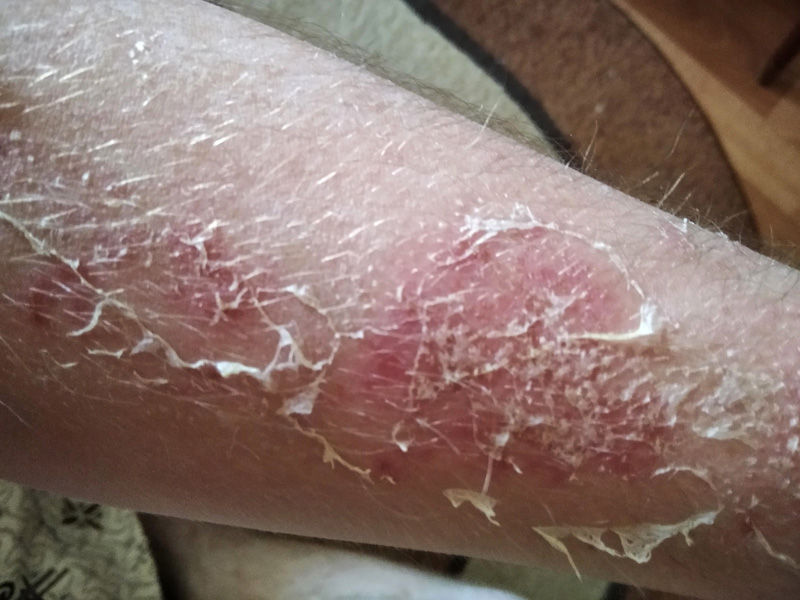Sunburn: Navigating the Aftermath of Fun in the Sun
- circular connection
- Mar 28, 2024
- 2 min read
Updated: 4 days ago
As the warmth of the sun beckons us outdoors, it is easy to lose track of time and forget the potential consequences of prolonged sun exposure.

Image: Sharecare
Sunburn, a common skin ailment resulting from excessive ultraviolet (UV) radiation, can turn a day of outdoor enjoyment into a painful experience. Let's explore the causes, symptoms, and remedies for sunburn, offering insights into how to navigate the aftermath of too much exposure in the sun.
The Culprit: UV Radiation
Sunburn occurs when the skin is exposed to excessive UV radiation, either from the sun or artificial sources like tanning beds. UVB rays, in particular, are responsible for causing sunburn, damaging the outer layers of the skin.
Symptoms of Sunburn
Sunburn typically manifests as red, painful skin that may be warm to the touch. In severe cases, blistering and peeling may occur. Other symptoms can include headache, fever, and dehydration. It is crucial to recognize the signs early to take appropriate measures.

AI Image: OpenAI
Prevention is Key
The best way to deal with sunburn is to prevent it in the first place. Applying a broad-spectrum sunscreen with a high SPF, wearing protective clothing, and seeking shade during peak sunlight hours can significantly reduce the risk of sunburn.
Immediate Relief Measures
If you find yourself with a sunburn, immediate relief measures can help alleviate discomfort. Cool compresses, aloe vera gel, and over-the-counter pain relievers can provide relief. Avoid further sun exposure until the burn heals.
Stay Hydrated
Sunburn can dehydrate the body, so it's crucial to stay well-hydrated. Drink plenty of water to help replenish fluids lost through sun exposure. Avoid alcohol and caffeinated beverages, as they can contribute to dehydration.
Moisturize for Healing
Moisturizing the affected area is essential for the healing process. Use gentle, fragrance-free moisturizers or aloe vera-based lotions to soothe the skin and prevent excessive peeling.

AI Image: OpenAI
Avoid Picking or Peeling
Although it may be tempting, avoid picking at or peeling sunburned skin. This can increase the risk of infection and prolong the healing process. Let the skin naturally shed as it heals.
Seek Medical Attention for Severe Cases
Severe sunburn, characterized by widespread blistering, intense pain, or signs of infection, may require medical attention. In such cases, it is advisable to consult with a healthcare professional for appropriate care.
Learn from the Experience
Sunburn serves as a reminder of the importance of sun safety. Take the experience as an opportunity to learn and adopt sun-protective habits, such as regular sunscreen application, wearing protective clothing, and seeking shade during peak UV hours.

Image: Healthdirect Australia
Long-Term Skin Care
Protecting your skin from the sun is a long-term commitment. Make sun safety a part of your daily routine, not just during beach days. Consistent sun protection can help prevent not only sunburn but also long-term skin damage and the risk of skin cancer.

Image: Reddit/danchag
While sunburn can put a damper on your outdoor adventures, taking proactive measures to prevent and address it can make the healing process more manageable. Sun safety should be a priority year-round, and learning from the experience of sunburn can lead to a healthier relationship with the sun. Embrace protective habits, stay mindful of sun exposure, and cherish the warmth of the sun responsibly for a lifetime of radiant and healthy skin.









